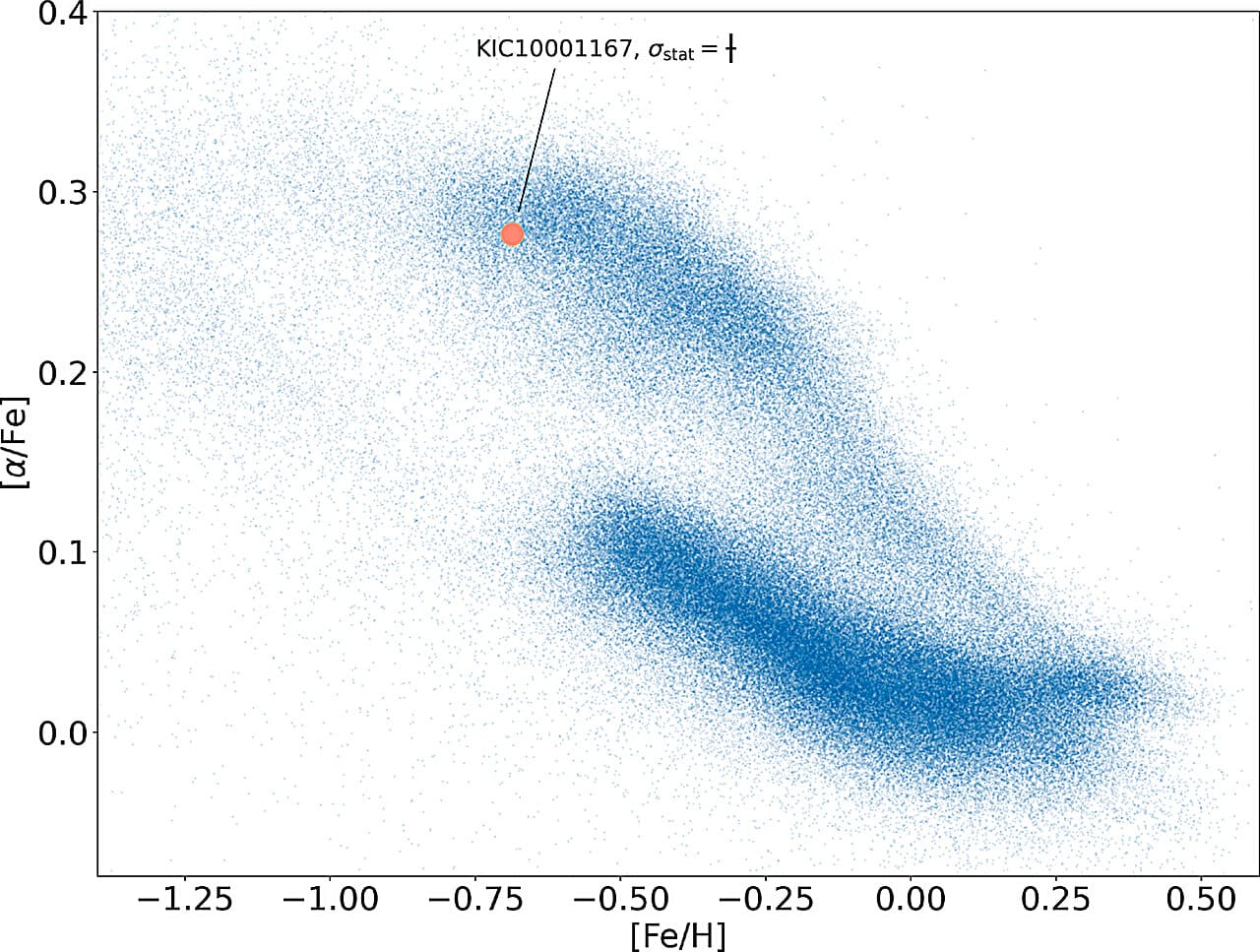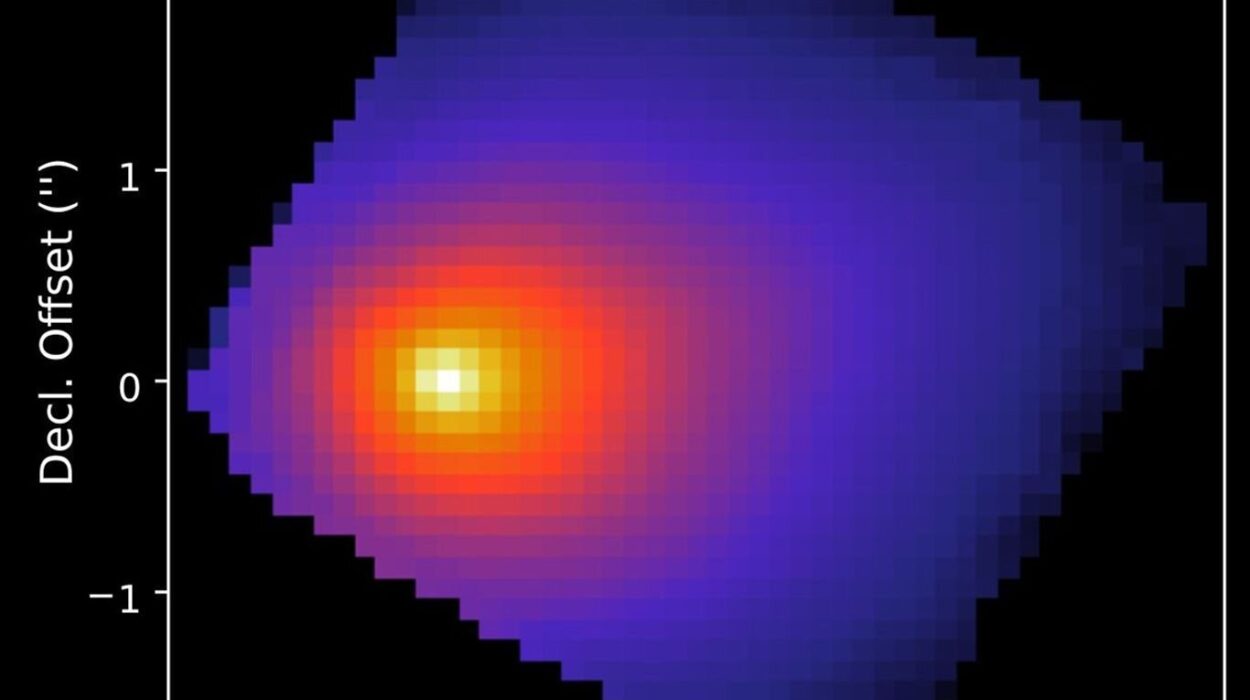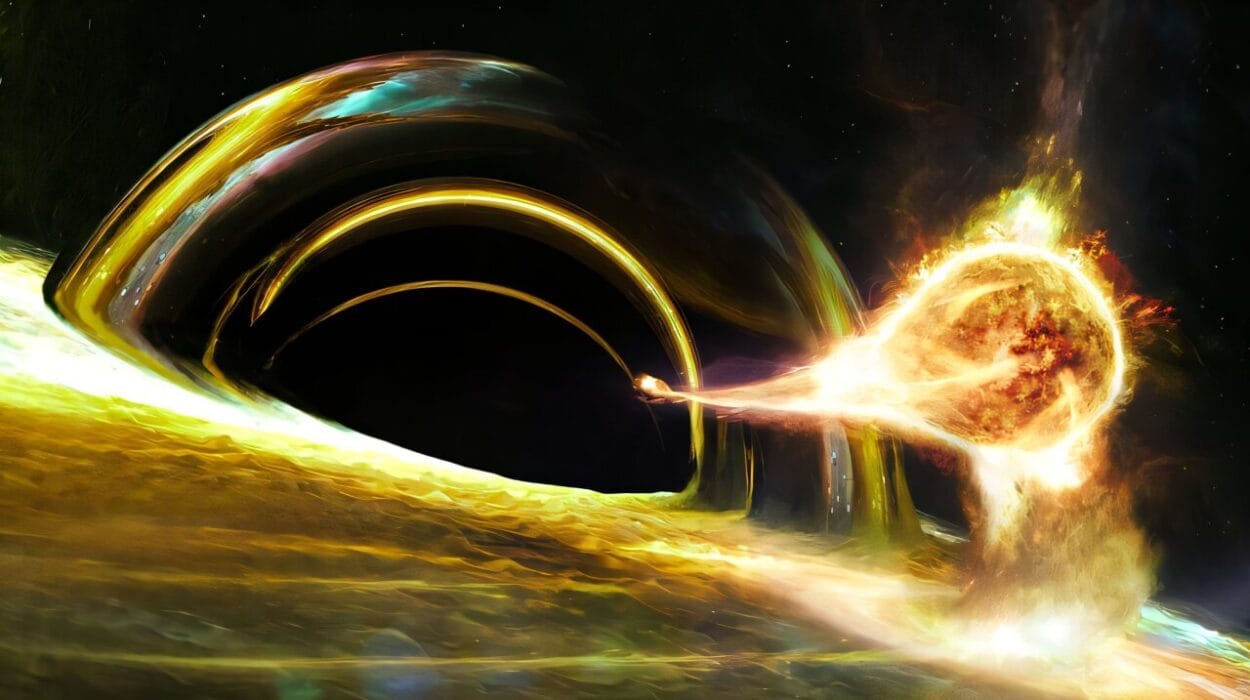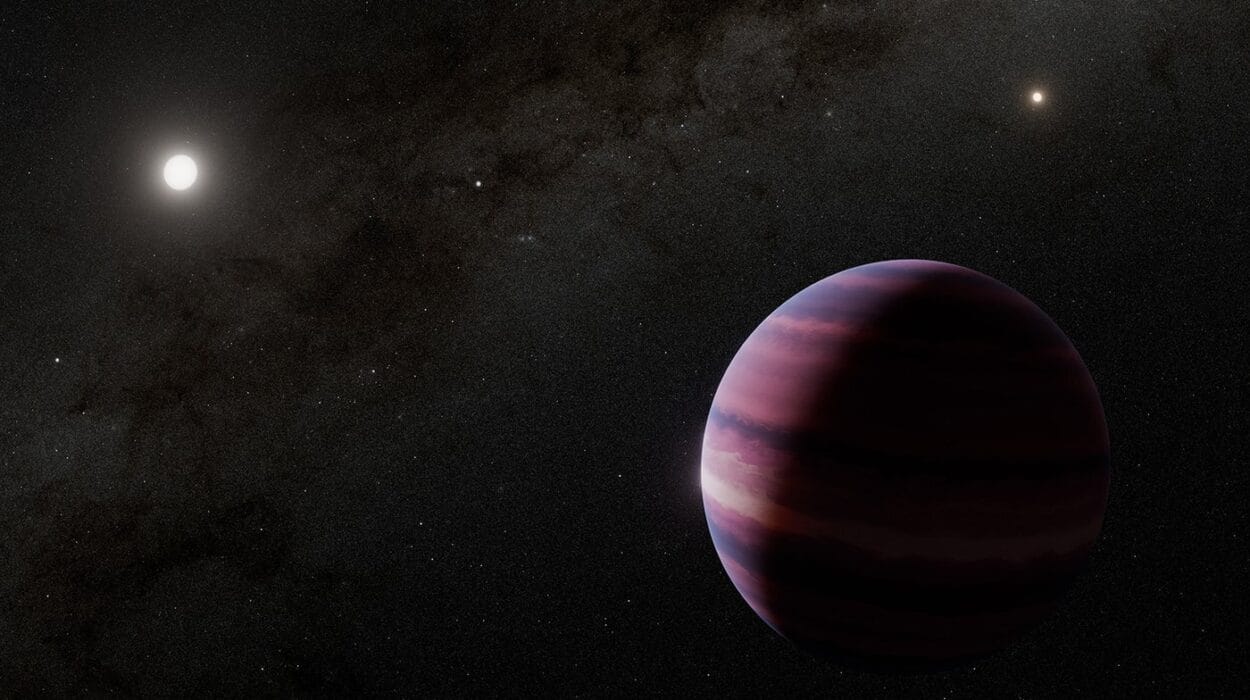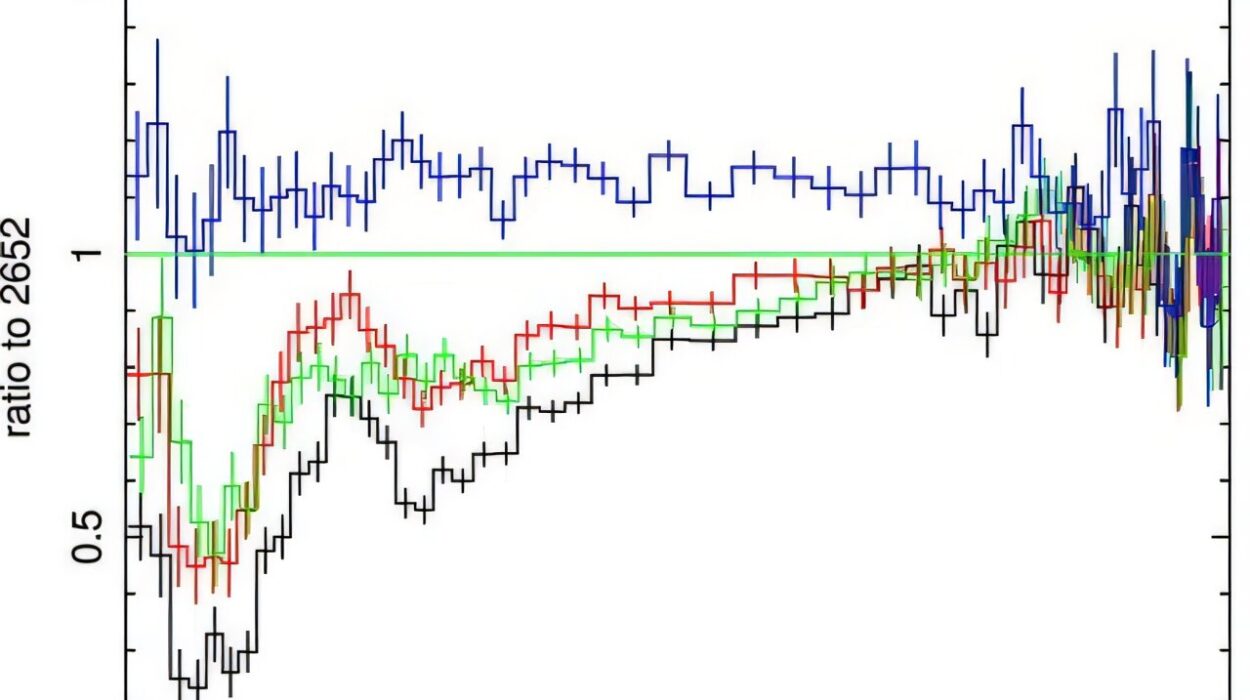In a groundbreaking achievement, an international team of astronomers has made an extraordinary leap forward in our understanding of the cosmos. For the first time, scientists have successfully measured the mass of an ancient star with unprecedented precision—unlocking a crucial piece of the puzzle that will help reveal the birth story of our very own Milky Way galaxy.
The research, led by an international team including astronomers from Keele University, is published in Astronomy & Astrophysics. It marks a major milestone in our quest to understand the evolutionary history of stars and galaxies, and it has significant implications for how we use ancient stars as living fossils to learn more about the past.
The Star in Question: A Cosmic Time Capsule
The star at the center of this cosmic investigation is a red giant, located in the binary star system KIC 10001167. A red giant is a star in its later stages of life, having expanded and cooled after exhausting the fuel in its core. Such stars offer astronomers a unique opportunity to look back in time, as their long lifespans mean they have been around for billions of years—potentially holding the keys to understanding the distant past of the Milky Way.
Red giants like KIC 10001167 are not only fascinating because of their sheer size and age, but also because they provide us with a window into the conditions that existed when the galaxy was still forming. By studying these ancient stars, scientists can gather vital data about the galaxy’s chemical composition, its star formation processes, and even its evolutionary history.
But to uncover these secrets, astronomers needed a way to precisely measure the star’s mass—a critical factor in determining a star’s age and understanding its role in the history of the galaxy. This is where the team’s innovative approach comes in.
A Dual Approach: Combining Two Powerful Methods
To measure the mass of KIC 10001167, the research team used two entirely different methods: one based on the star’s pulsations, and the other on the orbital motion of its binary companion. The results from these two methods, though distinct, agreed with incredible precision—giving researchers a highly accurate picture of the star’s mass and, by extension, its age.
The first method involved analyzing the star’s pulsations, a technique known as asteroseismology. Just like Earth experiences seismic waves during earthquakes, stars also experience vibrations that travel through their interiors. These vibrations, or pulsations, offer a wealth of information about a star’s internal structure, composition, and age. By carefully studying these pulsations, scientists can infer the star’s mass and even its lifespan.
The second method involved studying the binary star system’s orbital dynamics. In this system, two stars orbit around a common center of mass, and by observing the motion of the stars in their orbits, astronomers can calculate their masses. This method is grounded in the classical laws of gravity, first formulated by Johannes Kepler and Isaac Newton.
By combining these two approaches, the team was able to validate the accuracy of their measurements. They found that the mass measured through the pulsations agreed with the mass derived from the orbital motion of the stars to within an astounding 1.4%. This level of agreement is remarkable, as it enables the team to determine the star’s age with an accuracy of 10%, a feat never before achieved for an ancient star.
“This is the first time we’ve been able to say that a mass measured from an old star’s pulsations agrees within around one percent with a mass weighed from its orbit,” said Jeppe Sinkbæk Thomsen, the lead author of the study and a Ph.D. student at the University of Bologna. “This achievement is a major step forward in our ability to measure and understand the masses of stars, and it opens up exciting new possibilities for studying the history of the galaxy.”
The Power of Accurate Star Dating
The implications of this study go far beyond a single star. Knowing the mass of a star is crucial because it is directly linked to its age. A star’s mass determines how quickly it burns through its fuel and how long it will remain on the main sequence, the phase of a star’s life when it is fusing hydrogen into helium in its core. By measuring a star’s mass with such high precision, astronomers can better understand its age—and by extension, the timeline of the galaxy’s formation.
Stars like KIC 10001167, which formed in the early stages of the Milky Way, serve as “living fossils.” They hold vital information about the conditions in the galaxy when they were born—about the gas clouds, chemical compositions, and stellar environments that existed billions of years ago. By studying these ancient stars, scientists can reconstruct the evolution of the Milky Way, piecing together the story of how it grew from a young, chaotic system into the spiral galaxy we observe today.
The research also validates the use of asteroseismology as a reliable tool for aging stars. Asteroseismology has proven to be particularly effective for distant stars that are too far away for us to study in detail using traditional methods. Now, thanks to the work of this team, scientists can apply this technique to thousands of stars across the galaxy, giving us an even richer understanding of the Milky Way’s evolution.
A New Era in Galactic Exploration
“Science is our description of reality, and astrophysics provides our description of the universe,” said Dr. John Southworth, a co-author of the study and senior lecturer in astrophysics at Keele University. “Checking different methods against each other to confirm that they agree is the basis of the scientific method and vital for our understanding of stars, the universe they are in, and the planets they host.”
Indeed, this study is a testament to the power of the scientific method. By combining different approaches and validating their findings, the researchers have paved the way for future studies that will allow us to measure the masses and ages of even more stars across the galaxy. These stars, in turn, will act as our guides, helping us understand not only the formation of the Milky Way but also the broader processes that shape galaxies throughout the universe.
As astronomers continue to explore the vastness of space, the insights gained from stars like KIC 10001167 will offer us a glimpse into the distant past—a time when the Milky Way was a fledgling galaxy, still forming and evolving. Through these ancient stars, we can better understand not only where we come from, but also where we might be headed in the ever-expanding cosmos.
A Journey That’s Just Beginning
The work of this international team is just the beginning. With advanced techniques like asteroseismology and binary star orbital analysis, astronomers are poised to uncover even more about the universe’s hidden past. These stars, born in the depths of the Milky Way, carry stories from long before humanity’s existence—stories that are now within our grasp.
In the future, the mass and age of ancient stars will continue to unlock secrets about the Milky Way’s formation, the birth of new stars, and the evolution of galaxies across the universe. And perhaps, just as importantly, they will help us answer one of the most profound questions of all: how did we get here?
Reference: J. S. Thomsen et al, Advancing the accuracy in age determinations of old-disk stars using an oscillating red giant in an eclipsing binary, Astronomy & Astrophysics (2025). DOI: 10.1051/0004-6361/202453347
